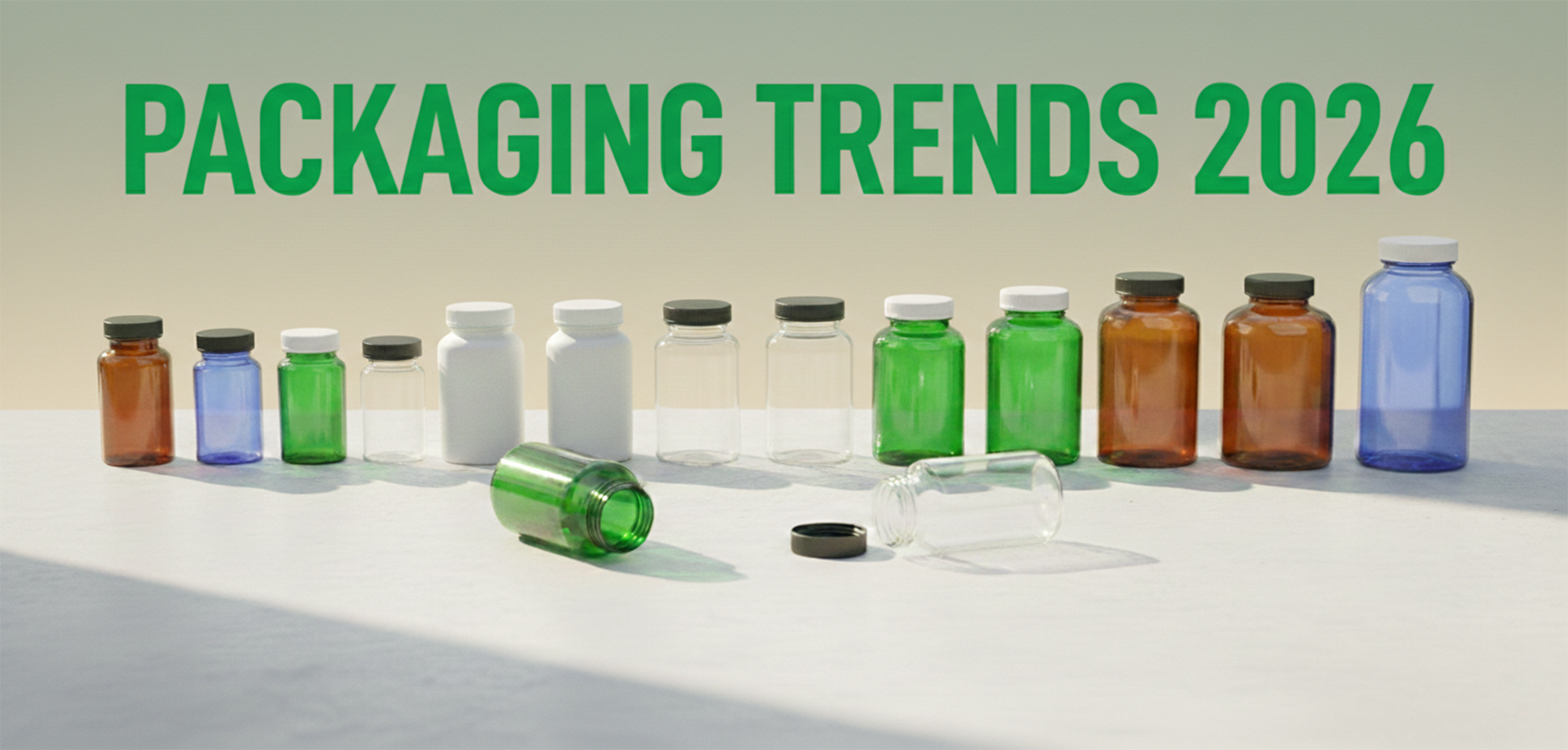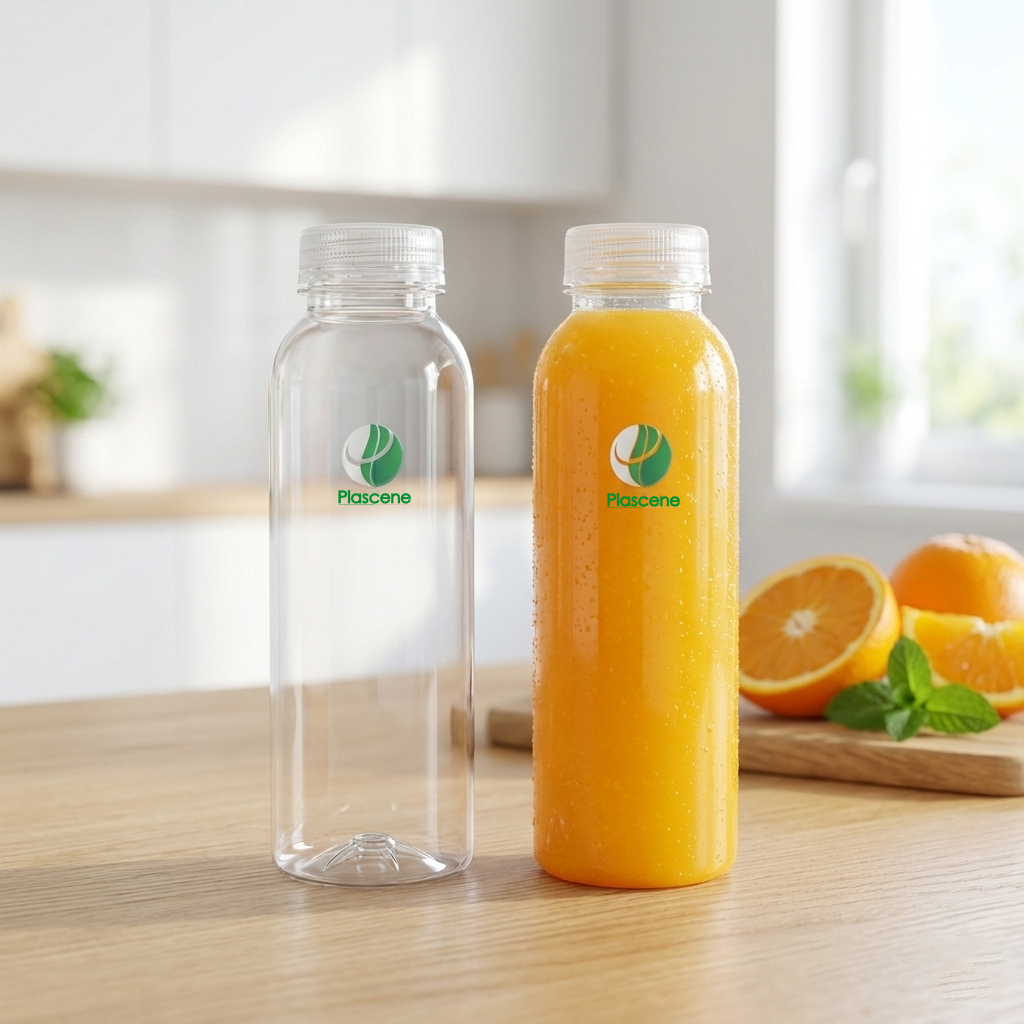How Does the FDA Ensure the Safety of Bottled Water?
As the summer wears on, more and more folks are relying on bottled water to cool off and stay hydrated. For some, it’s the desire for a healthy alternative to other packaged drinks. For others, it’s simply a matter of convenience. Regardless,
bottled water consumption has been climbing steadily over the past decade. In 2016, bottled water outsold soft drinks for the first time in the U.S. and has continued to do so every year. Last year, Americans consumed 15.7 billion (with a “b”) gallons of bottled water, which works out to around 47 gallons per person.
You might be surprised to learn that not all bottled water products are created equal. But whether you’re drinking mineral water, artesian well water, or microfiltered tap water, you can rest assured that the
U.S. Food and Drug Administration (FDA) is regulating it to ensure that it’s safe to drink.
Quality and Safety of Bottled Water
The federal quality standards for bottled water were first adopted in 1973 and were based on the 1962 standards for drinking water set by the U.S. Public Health Service.
The Safe Drinking Water Act, passed in 1974, gave the U.S. Environmental Protection Agency (EPA) regulatory oversight of public drinking water. The FDA subsequently took responsibility (under the 1938 Food, Drug, and Cosmetic Act) for ensuring that the quality standards for bottled water were in line with the EPA standards for public drinking water.
The FDA has implemented several regulations that focus specifically on bottled water, including the “standard of identity,” the “standard of quality,” and the “current good manufacturing practice.”
Standard of Identity
The
FDA defines bottled water
as “water that’s intended for human consumption and sealed in bottles or other containers with no added ingredients, except that it may contain safe and suitable antimicrobial agents.” Fluoride may also be added, within certain limits.
In many cases, the FDA classifies bottled water by its origin. For example:
Mineral water. This water comes from an underground source and contains at least 250 parts per million total dissolved solids (such as calcium, sodium, chlorides, and carbonates). These minerals and trace elements *must* be natural. They cannot be added during the bottling process.
Spring water.
Like mineral water, spring water comes from an underground source. However, it is generally collected once it flows naturally to the surface in a spring. In some cases, spring water may be collected through a borehole that taps into the underground source. However, to retain its classification as spring water, it must have the same composition and quality as the water that flows to the surface.
Well water.
This water comes from a hole bored or drilled into the ground, which taps into an aquifer (layers of porous rock, sand, and earth that contain water). In some cases, this water is under pressure from surrounding upper layers of rock or clay. When tapped, this water naturally rises above the level of the aquifer (and in some cases, all the way to the surface). This is known as artesian well water.
Purified water.
Believe it or not, some bottled water originates from the faucet. In most cases, this water is filtered and treated before bottling. Some examples of water treatments include:
Distillation.
The water is heated into vapor, leaving contaminants behind. These vapors are then condensed back into water again.
Reverse osmosis.
Water is forced through a semipermeable membrane to remove contaminants.
Absolute 1 micron filtration.
The water is sieved through a very fine filter that removes any particles larger than one micron (.00004 inches) in size. This treatment is especially effective against
Cryptosporidium, a parasitic pathogen that can cause gastrointestinal illness.
Ozonation.
Rather than disinfect the water with chlorine (which tends to add residual odor and taste), most bottlers saturate the water with ozone gas (an antimicrobial agent) and let it dissolve.
Technically not water.
Water that has been artificially carbonated (sparkling water, soda water, seltzer water, tonic water, and/or club soda) isn’t considered “bottled water” under FDA regulations. These beverages are classified as “soft drinks” and are thus regulated by a different set of standards.
Standard of Quality
The FDA dictates the maximum level of contaminants (chemical, physical, microbial, and/or radiological) that are allowed in bottled water. Most of the time, these standards are identical to the standards set by the EPA for public drinking water. However, there are cases where the quality and safety regulations diverge.
For example, public drinking water travels to home faucets through lead pipes, which is why the EPA has set a limit for lead in drinking water at 15 parts per billion (ppb). Since lead pipes aren’t used when bottling water, the FDA sets a tighter restriction of 5 lead ppb.
Current Good Manufacturing Practice (CGMP)
The FDA has put some very specific CGMP regulations in place for the processing and bottling of drinking water. They require bottled water to be regularly sampled and analyzed to verify that its safe and sanitary.
In addition, bottled water plants are required to register with the FDA as “food facilities,” and are thus subject to regulations requiring proper plant and equipment design, bottling procedures, and record keeping.
References
Bottled Water Everywhere: Keeping It Safe –
U.S. Food and Drug Administration
Increased Consumer Demand for Bottled Water as a Healthy Alternative to Other Packaged Drinks –
International Bottled Water Association
Understanding TDS and Its Role in Drinking Water –
Bisleri
How Are Artesian Wells Different from Regular Wells? –
Mosman Well Works
Ozonated Water: Nutrition, Benefits, Downsides –
Healthline
Contact Us
Plascene Inc,
1600 Pacific Avenue
Oxnard, CA 93033
+1 888-848-6388
info@plascene.com

Why Your Strategic Pharmaceutical Plastic Bottle Manufacturer is Key to a Lean Supply Chain in 2026

2026 Functional Packaging Trends: Navigating Consumer Demands in the US Market.





